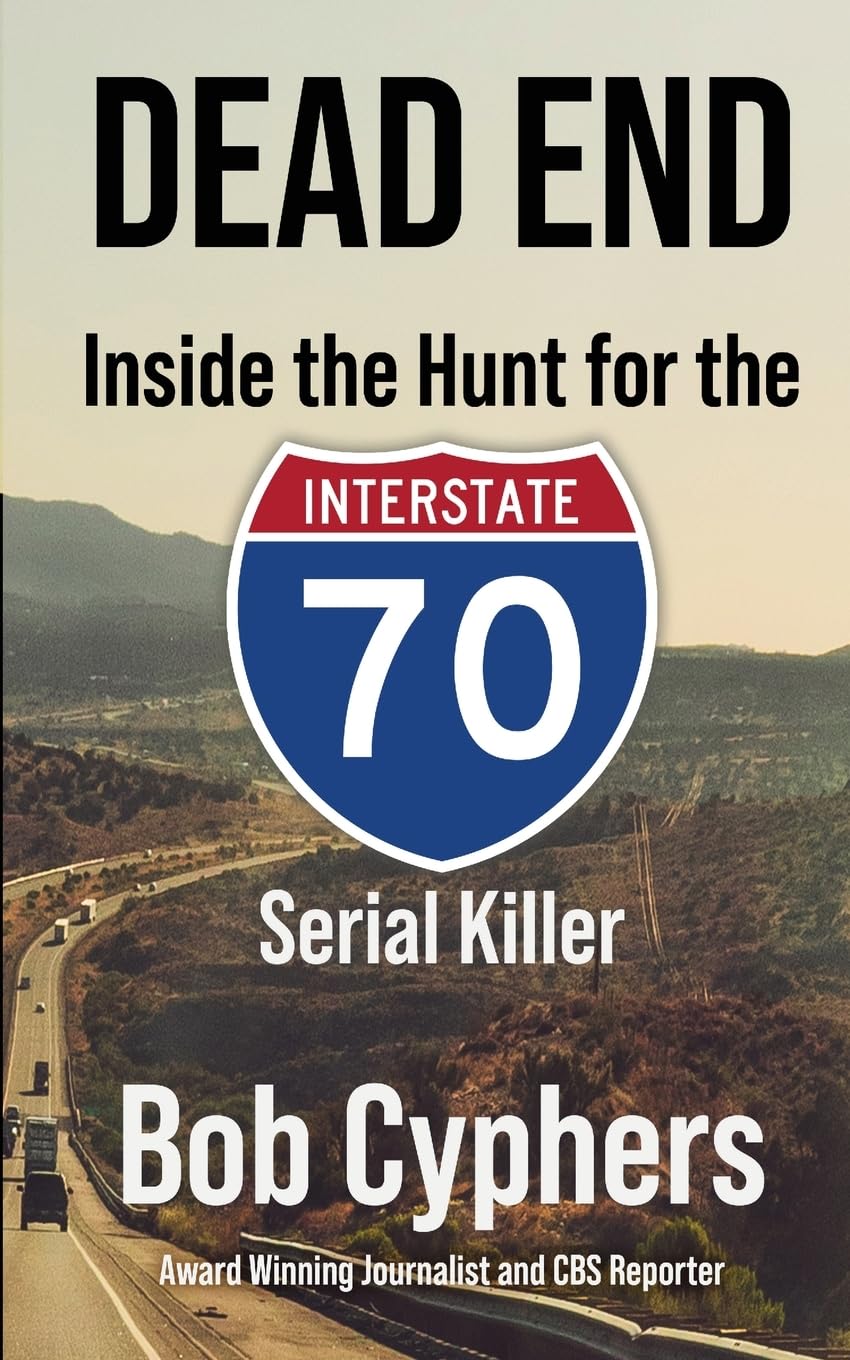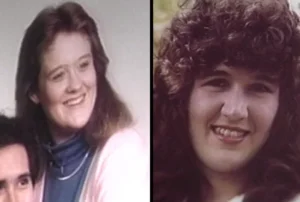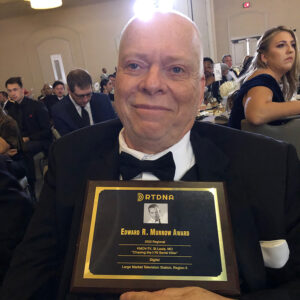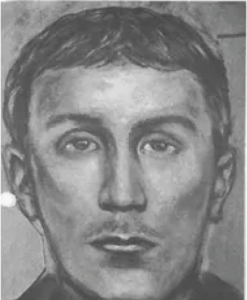BTK wasn’t Wichita’s only serial killer to escape detection for decades.
On April 11, 1992, 23-year-old Patricia Smith and 32-year-old Patricia Magers were shot to death while working late at Magers’ bridal shop, La Bride d’ Elegance, on east Kellogg. Less than a month later, police announced that their killer had murdered four other people in locations stretching from here to Indiana.
The killer has never been identified. Now a retired journalist has written a book to keep the story alive. Bob Cyphers, a former news reporter for St. Louis television station KMOV-TV, was recruited and given unusual access by a police task force that formed in 2021 but disbanded without solving the case.
“They said, ‘We’re not going to do anything else. If you could write a book, it would be the last thing standing on this case. It just takes one person to read something that might flip the script here,’” Cyphers said.
Cyphers’ book, “Dead End: Inside the Hunt for the I-70 Serial Killer,” was published earlier this year. The book’s title reflects the fact that, except for Smith and Magers, all the victims were slain in businesses along I-70. The killer struck in Indianapolis on April 8, 1992; in Wichita three days later; in Terre Haute, Ind., on April 27; in St. Charles, Mo., on May 3; and in Raytown, Mo., on May 7.
The killings baffled criminal profilers because they happened during daylight in busy areas without any of the usual motives such as sexual assault, although slightly-built, dark-haired women seemed to be the primary target. Except for Smith and Magers, all the victims were alone.
“This guy would just drive along the highways, walk into a store, shoot a woman in the head who was working alone and leave,” Cyphers said. “What was his motive? His motive was nothing but the thrill of the kill.”
Cyphers’ connection to the case goes back to the St. Charles killing, which he covered at the time. He remembers being told by a police source that the gun being used was likely a German World War I target pistol and that the bullets had been coated in jewelers’ rouge, a cleaning material.
“He (the killer) was obviously concerned about it functioning, I guess,” Cyphers said.
The murders seemingly stopped after May 7, 1992, although Texas authorities believe the 1993 slayings of two Texas women and the attempted murder of a third may have been by the same person using a different weapon. The I-70 killer was also named as a possible suspect in the 2001 killing of a Terre Haute liquor store clerk.
Cyphers’ work with the task force first led to a series of in-depth TV segments on the case. He traveled to every crime scene, met police officers who’d worked the case — retired and current — witnesses and family members of victims. The series won a prestigious Edward R. Murrow award and was nominated for an Emmy.
Cyphers then retired with plans to travel to the Holy Land and write Christian faith books “to leave behind for my grandchildren, so they’d know granddad was more than just a TV reporter.” (He’s written two.)
That’s when police suggested he write about the I-70 killer. Much of his book focuses on the efforts of investigators such as Det. Tim Relph of the Wichita Police Department, who Cyphers said was “held in high regard” by other members of the task force.
“The Wichita thing became so strange because … why are you driving all the way to Wichita, Kansas, then turning around and coming back to Terre Haute to kill somebody?” Cyphers said. “Tim Relph will tell you he had to have a reason to be in Wichita.”
The Wichita case abounded in tragic “if’s.” Smith and Magers would have already closed for the day if a customer hadn’t called asking them to stay open a few minutes late so that he could pick up a cumberbund. That customer arrived to find the killer in the store, holding his gun wrapped in a wedding veil. The witness was able to get away and provide police with information for the first composite sketch of the suspect. But he was so scared that he waited an hour to call police, time during which emergency medical aid might have saved Smith’s life. “His life has been emotionally wrecked,” Cyphers said.
Cyphers recalled one bright spot from his reporting in Wichita, when Magers’ husband, Mark, and Smith’s friend, Ruth Feather, met. “They each lost people they loved deeply. They shake hands, and they’re just complete strangers. After we finish the interviews that day and as we get ready to leave and say goodbye, Mark and Ruth are sitting at the table hugging and laughing and talking. I thought, you know, something good happened here today.”
Although the case is now 32 years old, Cyphers said DNA testing and other criminology techniques have advanced far beyond what was available in 1992. And he notes that Relph was among the team of policemen who helped catch BTK killer Dennis Rader in 2005, 31 years after his first murders.
“I’m thrilled to have it out there,” Cyphers said of his book. “I’m just hopeful somebody someday will pick up the phone and call a police department.”











